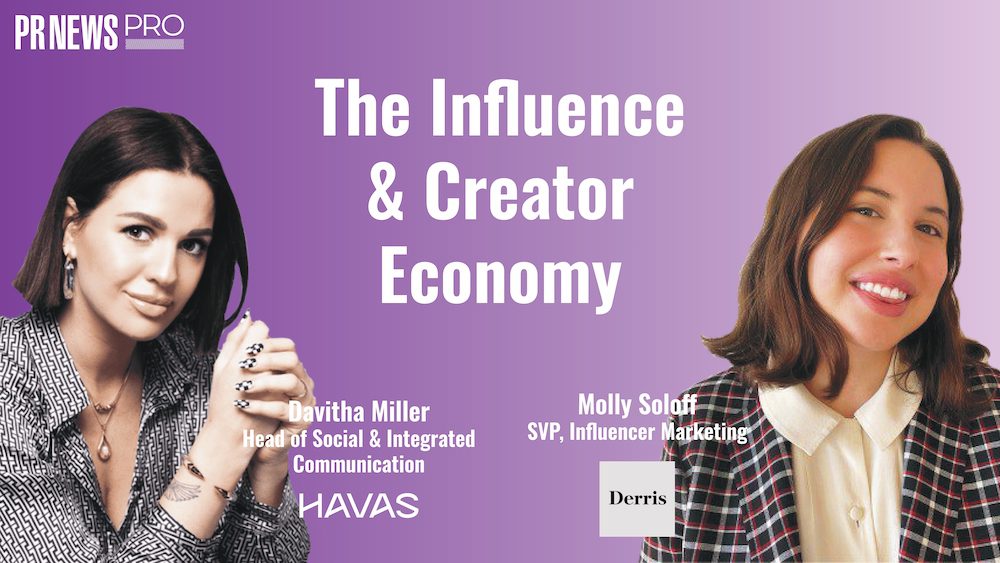Mobile Marketing risks looking like it’s all hat and no cowboy.
Agencies and advertisers know the 213 million mobile phone users in the U.S. are a highly desirable target audience. Carriers would also like to unearth a new revenue stream to add to their subscription model.
Then there’s the problem of ad acceptance.
A ream of studies suggests that users will balk at ads inserted into mobile services they’re already paying for. Most recently, an August GfK NOP survey of British phone users found that 70% said the offers they were getting over their handsets were not relevant to them, and 64% reported being annoyed by mobile ads. U.S. marketers are afraid of triggering the same reaction on this side of the pond.
That anxiety makes the success of Virgin Mobile USA’s Sugar Mama ad service all the more notable.
The program asks Virgin users to opt in to view ads, either on their handsets or online. And in the year since its launch, Virgin USA has persuaded almost 7% of its 4.8 million subscriber base — or about 330,000 users — to join the Sugar Mama audience, according to company reports.
It’s done so by offering something they want: mobile minutes. For every 45 seconds registrants spend interacting with an ad in the program, they can earn one minute of free airtime, a highly desirable commodity to users of pre-paid mobile services like Virgin’s.
“We felt we had assembled a user group in the Virgin Mobile audience that had value for potential advertisers and partners,” says Scott Kelliher, who joined as director of mobile advertising shortly after the Sugar Mama launch. “The notion was to create a program that would be a dialogue between the partners and our users. It was always supposed to be a value exchange: Users give their attention to the brand messages of our partners, and the partners reward them with air time.”
The number of those ad partners has grown. Pepsi, Microsoft Xbox and the Truth anti-smoking campaign took part in the Sugar Mama launch. Now the roster of brands also includes Levi Strauss, New Balance, Nintendo, Showtime Networks, Subway, Sunsilk hair care products and the U.S. Navy. Sony’s music, movie and PlayStation divisions are all participating.
To get free time, Virgin users sign up online and include some basic demographic details to help with ad targeting. They are then taken to their first ad, usually a video clip. After viewing it and responding to a few questions about the ad, registrants get a link that rings up their earned free minute. Participants can earn up to 75 free minutes a month.
On the handset, Sugar Mama sends advertiser-sponsored text messages to registrants’ phones about twice a week (at no message charge to the user.) They then respond to the text message using a key phrase to show that they read it, such as “sandwich” for a Subway-sponsored text.
Kelliher says Virgin was never worried about intruding on the mobile experience because the program is entirely opt-in. He admits to some early uncertainty that registrants would find the ads relevant or the eyeballs-for-minutes exchange attractive. But those fears are long gone.
The company recently gave away its 9 millionth free minute, and is now signing 1,000 new Sugar Mama users a day. Meanwhile, the online ads in the Sugar Mama program have notched a 5.5% average click-through rate — much higher than the less-than-1% rate standard for online ads.
All those metrics may get a boost from a new feature added to the program on its first birthday: a “Forward to a Friend” button that gives ad partners a shot at viral extension.
For more articles on interactive marketing, go to promomagazine.com/interactivemarketing/
 Network
Network

